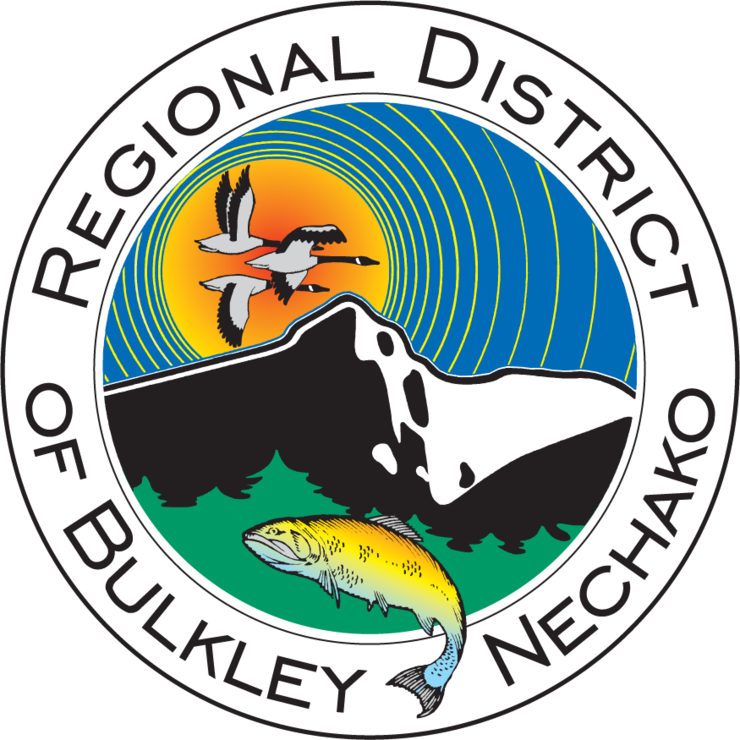What is Solid Waste?
Solid waste is commonly known as trash or garbage in North America. It usually consists of everyday items that are discarded by the public.
Specifically, solid waste is composed of different streams.
- One of those is recycling. This includes cardboard and paper, containers and packaging that can be collected and made into other products. Some items, like glass bottles and aluminum cans, can be sanitized and reused.
- Another stream is wood waste. This is composed of all the wooden materials that are no longer useful. Perhaps they are broken or rotten.
- Construction/demolition waste is closely related to this. All the items that are entering the waste stream as a result of either building or tearing down structures.
- There is also organics, which consist not only of the food waste that comes from your kitchen, but also yard waste, such as leaves or lawn clippings.
- Another stream is Specified Risk Material from dead cows and/or calves.
- And last, but certainly not least, there are hazardous wastes, that may range from paints, oils and solvents to acids, heavy metal-containing sludges and pesticides, that need special handling and disposal methods.
What is a Solid Waste Management Plan (SWMP)?
A Solid Waste Management Plan is a legally binding document that is mandated by the province for all regional districts. The purpose of a SWMP is to provide regional districts with a guiding document that will direct the Region’s solid waste management activities over the next number of years, while also considering longer-term objectives and opportunities.
Regulation:
Solid waste management planning and implementation is governed by the Environmental Management Act (EMA). The EMA requires a regional district to develop a solid waste management plan for approval by the minister.
The minister:
- Must be satisfied that there has been adequate public review and consultation during the development of the solid waste management plan before approving the plan.
- May approve all or part of a waste management plan, or an amendment to an existing plan.
- May set conditions for approval, may choose not to approve the plan or may order that an existing plan be cancelled or amended.
Review:
The process to review the plan will be conducted in three steps.
- The first step is an assessment of the current system and a report on the implementation status of the previous SWMP (prepared in 1996).
- The second step is the review of options to address the region’s future solid waste management needs and the selection of preferred options.
- The final step will be a community and stakeholder consultation process to obtain input into the selected options.

As part of the plan consultation, we will be looking for volunteers to be a part of our advisory committee. Ideally, we will have representatives from municipalities, First Nations, key industries and rural areas. Please go here for full details on how to be a part of this process.
